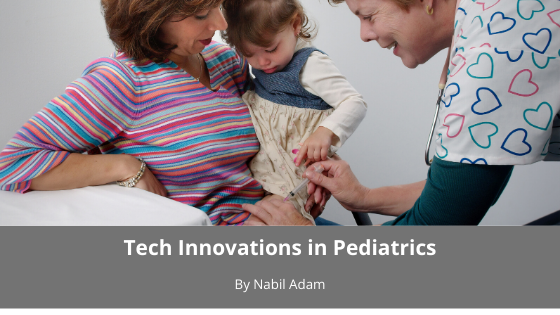Advancements in modern medicine benefit physicians and patients alike. Innovations in pediatric medicine offer a better outlook for the youngest of patients. Physicians are better able to diagnose a problem quickly. Advancements also pave the way for various treatment options.
Childhood Cancer
The American Cancer Society reports that cancer remains the second leading cause of death among youngsters aged 14 and under. More than 10,000 children are diagnosed with having some form of cancer each year. In lieu of statistics, the Chan Soon-Shiong Children’s Precision Medicine Institute at the Children’s Hospital in Phoenix is researching how to improve the diagnostic process using gene sequencing. By more accurately diagnosing the type of cancer a child has, physicians have the opportunity to implement more targeted treatment.
3D Imaging and Printing
Physicians are more often combining imaging studies with 3D printing to better understand a variety of health problems in young patients. Radiological images may be converted into three-dimensional models of cardiac defects, orthopedic fractures, or diseased internal organs. By being able to visualize a problem, physicians can better understand many different factors involving the diagnosis and arrive at an optimal treatment plan. The technology has also enabled technicians to print components of human anatomy to replace diseased or damaged structures.
CHAMP App
The app is available for download on tablet devices to provide continual monitoring of young patients. Parents and medical team members can submit data that tracks a child’s oxygen levels, nutritional intake, and other information to determine a youngster’s health. The app is particularly useful for monitoring children having sleep apnea, cardiovascular problems, or diabetes.
Complex Surgeries
Innovations made in technology and medicine enable surgeons to perform more complex procedures. In recent years, staff members from the Philadelphia Children’s Hospital and Penn Medicine performed a double hand transplant on an eight-year-old child. The surgery was a success and enabled the boy to accomplish a variety of tasks that once were impossible.
Cloud-based Thermometer
Researchers from San Francisco, California, created a system known as CliniCloud. The technology involves a wireless thermometer and a stethoscope that links with a smartphone. By positioning the mobile device on various chest locations, the system records the child’s breathing patterns, heart rate, and body temperature. The readings are then transmitted to the youngster’s physician for analysis.

